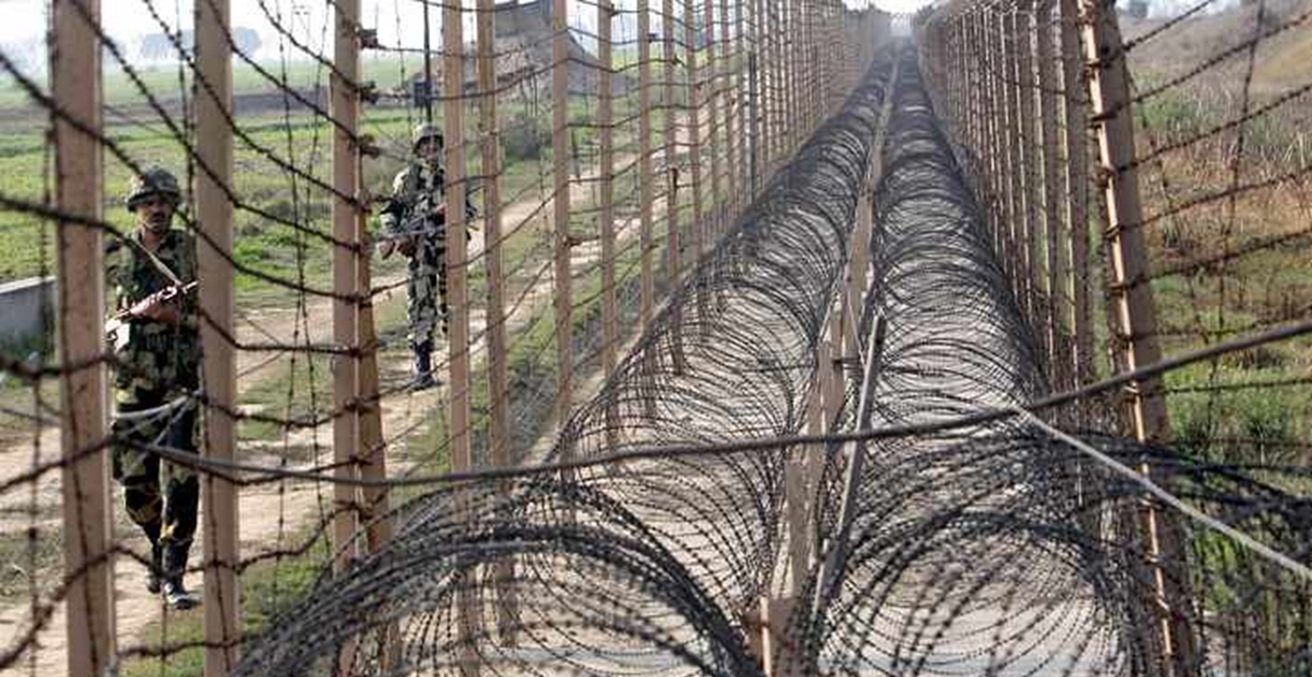Pakistan’s suspension of the Simla Agreement has dismantled the legal and diplomatic constraints that once governed the Line of Control. In doing so, Islamabad has not only weakened its own position in Pakistan-occupied Kashmir but opened the door for India to assert greater strategic and territorial claims.
In a move as reckless as it is revealing, Pakistan on 24 April 2025 reneged on the Simla Agreement in response to India’s suspension of the Indus Waters Treaty following the Pahalgam terror attack. With this move, the fragile architecture governing the Line of Control (LoC) and Pakistan-occupied Kashmir (PoK) stands fundamentally altered. Signed on 2 July 1972, following the 1971 Indo-Pakistani War, the Simla Agreement formally established the LoC as the de-facto border in Jammu and Kashmir (J&K) and set guidelines for bilateral conflict resolution including respect of the LoC’s sanctity and avoidance of unilateral changes or use of force. Pakistan’s suspension of this treaty removes constraints on India, thereby enhancing its strategic and legal standing to assert control over the Line of Control and Pakistan-occupied Kashmir.
A self-goal for Islamabad?
The Simla Agreement’s core provision was the mutual commitment to respect the LoC, defined after the 1971 war as inviolable, with both nations agreeing not to alter it unilaterally, “irrespective of mutual differences and legal interpretations.” This clause prevented India from pursuing its legitimate claim to territories beyond the Line of Control, notwithstanding the 1994 Parliamentary Resolution that asserted the entirety of Jammu and Kashmir, including Pakistan-occupied Kashmir, as an integral part of India. The suspension of the agreement by Pakistan eliminates this constraint, providing India with significant strategic flexibility. In the absence of the LoC’s legal validity, India can now pursue military action in any sector, asserting its sovereign claim over PoK. This is especially important in disputed regions such as the Siachen Glacier, where the agreement’s unclear boundary definitions beyond NJ9842 have exacerbated disputes. India, having established control over Siachen, may now rationalise the consolidation or expansion of its military presence without violating treaty obligations.
By reneging, Pakistan is also diminishing the legal foundation of its governance. Its governance over PoK, which includes Gilgit-Baltistan and the so-called Azad Jammu and Kashmir, is fundamentally anchored in the framework. The agreement implicitly recognised PoK as under Pakistani control pending a final J&K resolution. The suspension of the treaty would consequently preclude Pakistan from utilising the agreement as a rationale for its governance over PoK or contesting India’s full integration of her side of Jammu and Kashmir to the Union following the amendment of Article 370. New Delhi’s assertion that PoK is under illegal occupation will get a legal boost as a consequence of Pakistan’s suspension. This reinforces New Delhi’s stance that the entirety of the J&K region, as per the 1947 accession, rightfully belongs to India.
Diplomatically, the agreement’s bilateralism clause required disputes to be resolved without third-party mediation. Pakistan’s decision to suspend indicates a desire to elevate the matter to an international platform; however, this approach may prove counterproductive. India, opposing external involvement, may contend that Pakistan’s transgression of the treaty undermines its assertions to engage in negotiations regarding PoK. In this context, the situation in Gilgit-Baltistan becomes even more critical, particularly given the complexities introduced by China’s involvement through the China-Pakistan Economic Corridor (CPEC). India may leverage Pakistan’s diminished position to contest China’s infrastructure initiatives in PoK, characterising them as infringements on Indian sovereignty, particularly given that the suspension of the Simla Agreement by Pakistan no longer obligates India to adhere to bilateral constraints.
Militarily, the LoC’s status as a mutually agreed boundary deterred large-scale operations to alter territorial control, as seen by India’s restraint during the Kargil War (1999), despite Pakistan’s intrusion which had violated the agreement. With the agreement suspended, India will encounter less diplomatic consequences for responding assertively to ceasefire infringements or cross-border terrorism. India is now open, legally, to exploring operational plans like the so-called “Cold Start” across the LoC. The “Cold Start” doctrine is India’s military strategy to rapidly mobilise and launch limited, conventional strikes against Pakistan without waiting for a full-scale mobilisation. Such offensives would be in the “form of multiple but shallow attacks across the entire India – Pakistan border.” New Delhi could capitalise on reported unrest in PoK, where residents have protested Pakistan’s governance, as seen in 2024 demonstrations over economic neglect. New Delhi may also take the option of conducting limited operations in strategic areas like the Neelum valley or Skardu, where Pakistan’s control is contested, to weaken its grip. The Indian Army’s Northern Command is well-positioned to exploit such opportunities. Pakistan’s military, by contrast, continues to grapple with internal security and economic crises.
Conclusion
With Pakistan’s suspension of the Simla Agreement, India now has an unprecedented opportunity to reaffirm its legitimate rights and take a firm step towards the complete integration of Jammu and Kashmir. By using its 1994 resolution and superior resources, the suspension gives New Delhi the freedom to contest the integrity of the LoC and make legal claims over the PoK. Pakistan’s claims to the PoK are now weakened by the agreement’s suspension by Islamabad, given the erosion of diplomatic protections in the treaty. Although it has to manage escalation risks and geopolitical challenges, India is now free to expand its influence along the LoC and explore options for the integration of PoK.
Anubhav Shankar Goswami is a Doctoral Candidate in Politics and International Relations at the School of Humanities, Arts and Social Science, Murdoch University, Perth. His doctoral research is based on the field of nuclear strategy with a particular focus on nuclear brinkmanship. He is the author of the book Deterrence from Depth: SSBNs in India’s Nuclear Strategy.
This article is published under a Creative Commons License and may be republished with attribution.





